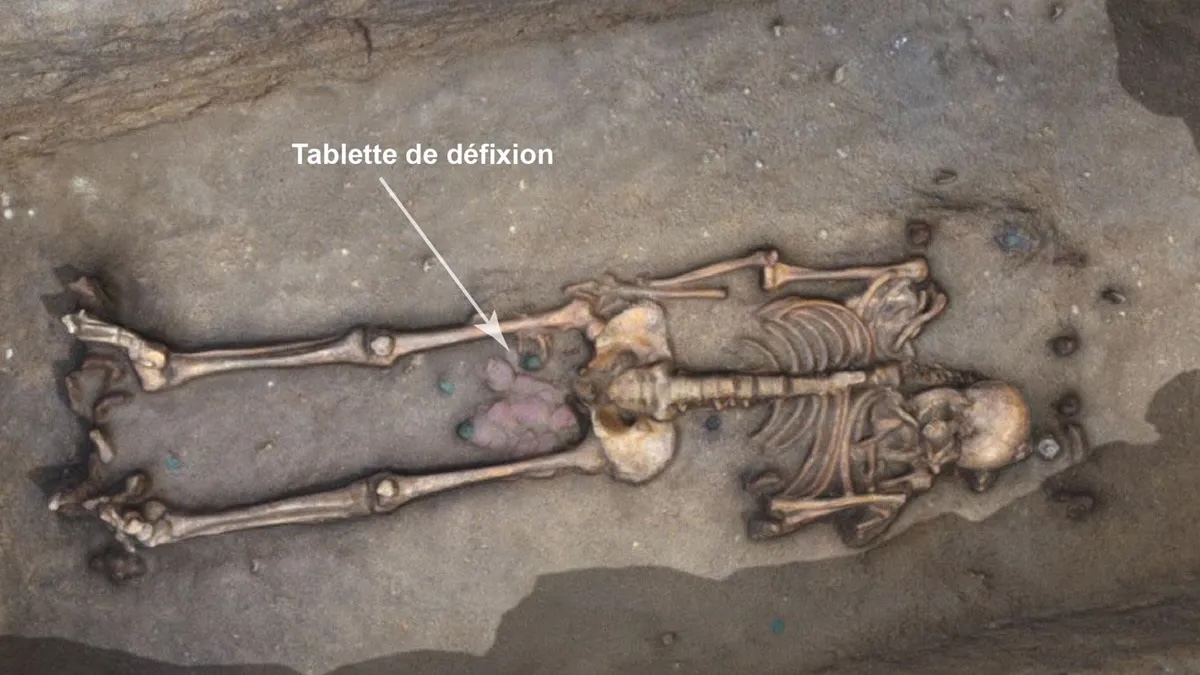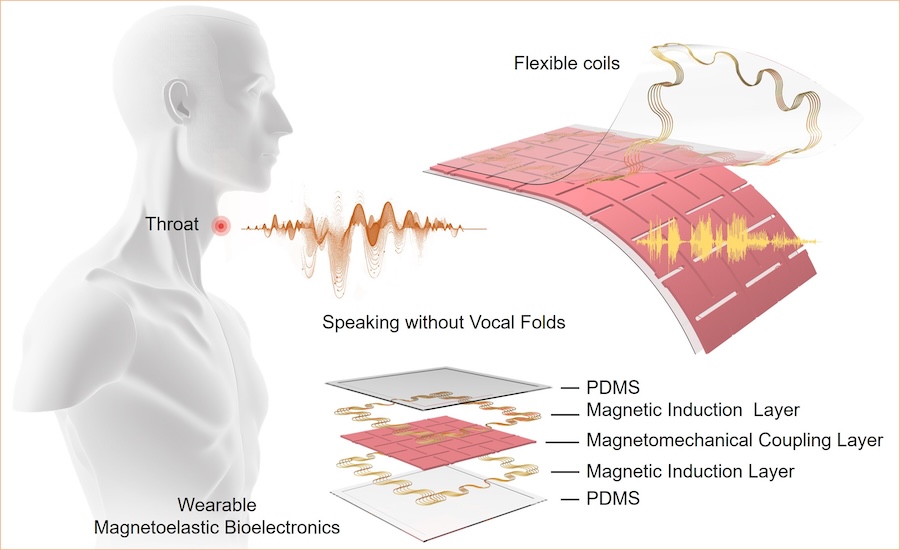Watching videos at 2x speed, part 2
Thanks to the productive, enlightening discussion we had in the first part of this post, I could not help but think of "speed" as a category of modern life. That led me to remember a book buried in my dungeon (downstairs study) that I had read about a quarter of a century ago. It wasn't anything like William S. Burroughs Speed. It was more on the order of a history of science work.
So I descended the stairs to my basement library. It wasn't long before I found it:
Faster: The Acceleration of Just About Everything by James Gleick
-
- Topic: This popular book explores the modern, tech-driven obsession with speed and how it affects nearly every aspect of life, from our work habits and communication to our personal time.
- Summary: Gleick discusses the "hurry sickness" of modern life and the paradox that even with time-saving devices, we feel more rushed than ever.
Read the rest of this entry »


